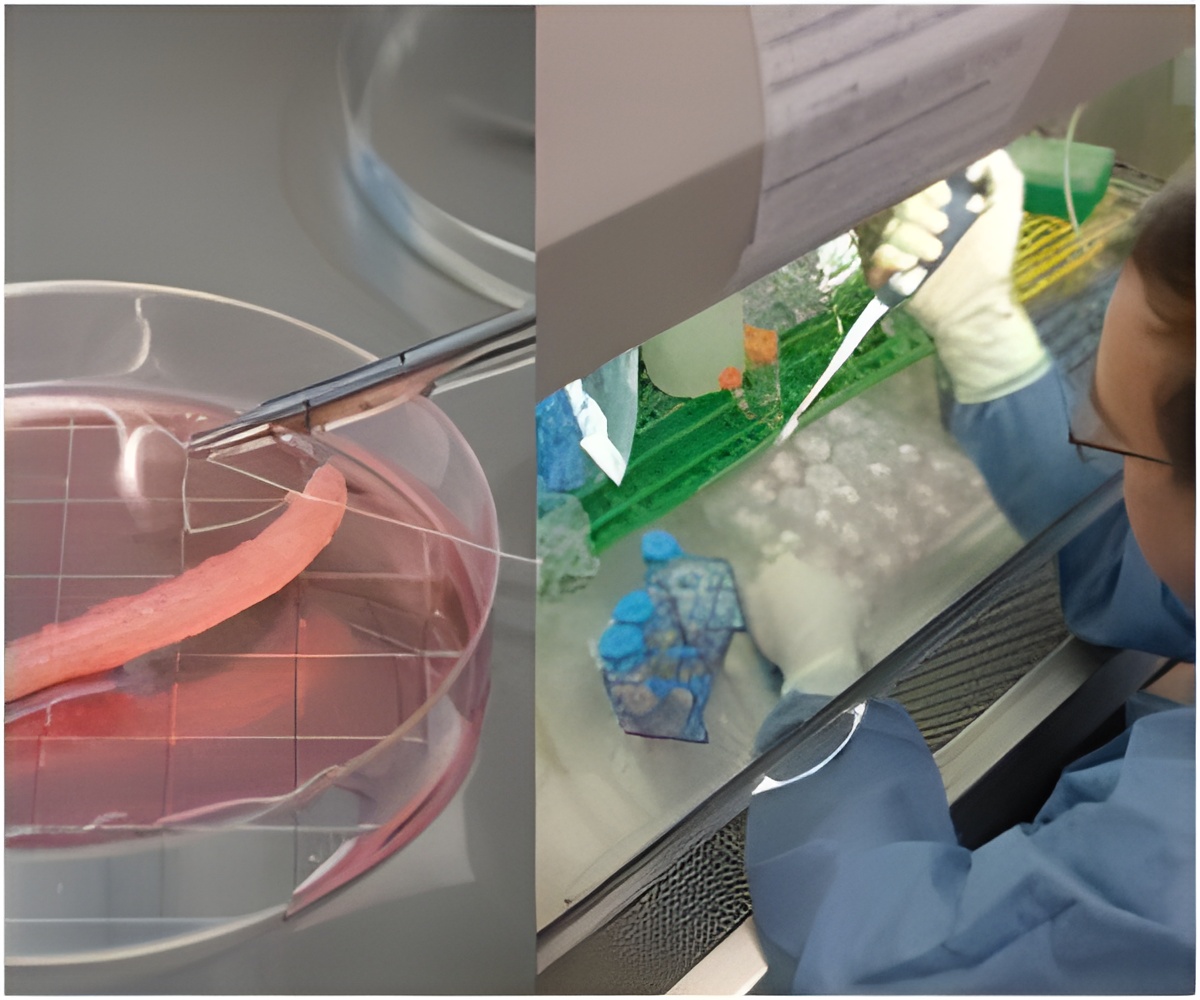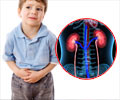A bandage that stimulates and directs blood vessel growth on the surface of a wound has been developed by researchers.

A paper describing the new approach will appear as the January 2012 cover article of the journal Advanced Materials.
"Any kind of tissue you want to rebuild, including bone, muscle or skin, is highly vascularized," said University of Illinois chemical and biomolecular engineering professor Hyunjoon Kong, a co-principal investigator on the study with electrical and computer engineering professor Rashid Bashir. "But one of the big challenges in recreating vascular networks is how we can control the growth and spacing of new blood vessels."
"The ability to pattern functional blood vessels at this scale in living tissue has not been demonstrated before," Bashir said. "We can now write features in blood vessels."
Other laboratories have embedded growth factors in materials applied to wounds in an effort to direct blood vessel growth. The new approach is the first to incorporate live cells in a stamp. These cells release growth factors in a more sustained, targeted manner than other methods, Kong said.
The stamp is nearly 1 centimeter across and is built of layers of a hydrogel made of polyethylene glycol (an FDA-approved polymer used in laxatives and pharmaceuticals) and methacrylic alginate (an edible, Jell-O-like material).The stamp is porous, allowing small molecules to leak through, and contains channels of various sizes to direct the flow of larger molecules, such as growth factors.
Source-Eurekalert
 MEDINDIA
MEDINDIA



 Email
Email








